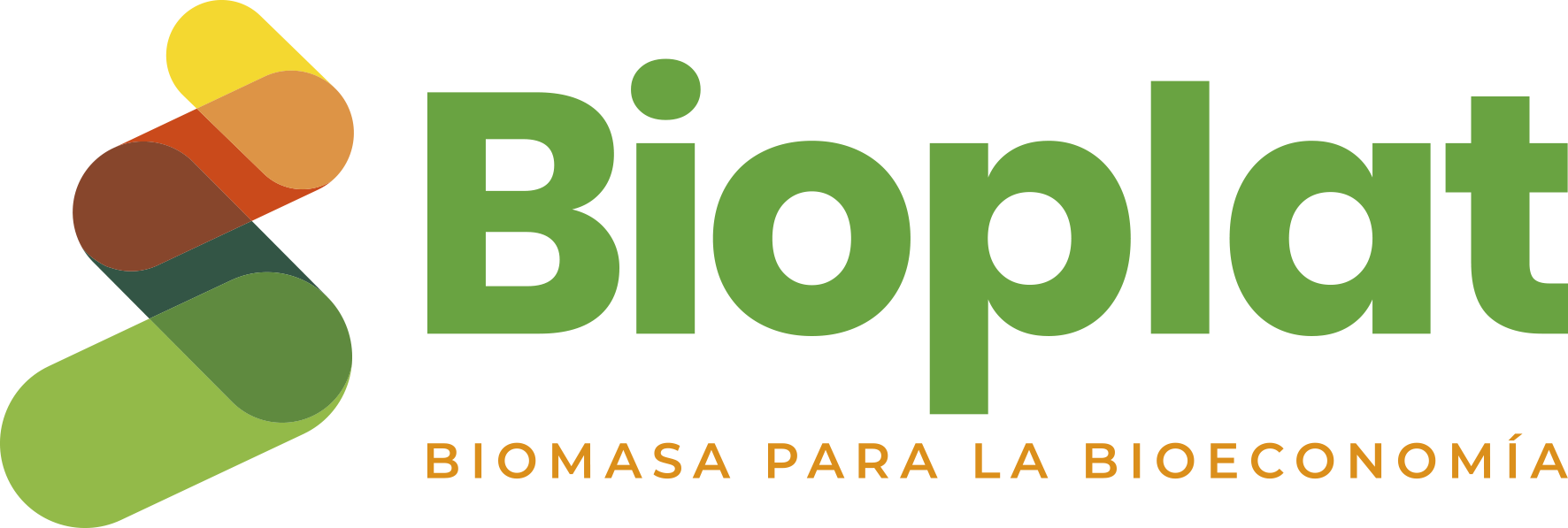25 Sep 2015
New Directive (UE) 2015/1315 about ILUC – changes in biofuels regulation
Recently, the Directive (EU) 2015/1513 of the European Parliament and of the Council of 9 September 2015 amending Directive98/70/EC relating to the quality of petrol and diesel fuels and amending Directive 2009/28/EC on the promotion of the use of energy from renewable sources has been published.
Below you can find a schematic summary about he main elements of this Directive (EU) 2015/1513 regulating the indirect land-use change (ILUC) of biofuels, which establishes:
- Limitation 7% of the contribution of conventional biofuels for 2020.
- Obligation of the Member States to establish indicative national target of advanced biofuels for 2020, with a reference value of 0,5% that the States can lower for objective reasons.
- Double counting of all the biofuels produced from raw materials included in the new annex IX of the Directive 2009/28/CE of renewable energies, including used cooking oil and animal fats classified as categories 1 and 2.
- Increase in the multipliers factors of electricity produced from renewable energy sources consumed by electric road vehicles (from 2.5 to 5) and rail transport (from 1 to 2.5) for the calculation of market share of renewables in transport.
- Obligation of fuel suppliers to report annually the provisional mean values of the estimated indirect land-use change emissions from biofuels traded, between the information to be sent to the Member States annually.
- Increase of the minimum reduction threshold of greenhouse gas (GHG) emission eapplying to biofuels and bioliquids produced in new installations (GHG emission saving from the use of biofuels shall be at least 60% for biofuels produced in installations starting operation after 5 October 2015. In the case of installations that were in operation on or before 5 October 2015, biofuels shall achieve a GHG emission saving of at least 35 % until 31 December 2017 and at least 50 % from 1 January 2018).
Apart from this, new concepts are added to both Directives:
Directive 98/70/EC new definitions are:
- “renewable liquid and gaseous transport fuels of non-biological origin” means liquid or gaseous fuels other than biofuels whose energy content comes from renewable energy sources other than biomass, and which are used in transport;
- “starch-rich crops” means crops comprising mainly cereals (regardless of whether only the grains are used or the whole plant, such as in the case of green maize, is used), tubers and root crops (such as potatoes, Jerusalem artichokes, sweet potatoes, cassava and yams), and corm crops (such as taro and cocoyam);
- “low indirect land-use change-risk biofuels” means biofuels, the feedstocks of which were produced within schemes which reduce the displacement of production for purposes other than for making biofuels and which were produced in accordance with the sustainability criteria for biofuels set out in Article 7b;
- “processing residue” means a substance that is not the end product(s) that a production process directly seeks to produce; it is not a primary aim of the production process and the process has not been deliberately modified to produce it;
- “agricultural, aquaculture, fisheries and forestry residues” means residues that are directly generated by agriculture, aquaculture, fisheries and forestry; they do not include residues from related industries or processing.’
Directive 2009/28/EC new definitions are:
- “waste” shall be defined as in Article 3(1) of Directive 2008/98/EC of the European Parliament and of the Council (10); substances that have been intentionally modified or contaminated to meet that definition are not covered by this definition;
- “starch-rich crops” means crops comprising mainly cereals (regardless of whether only the grains are used, or the whole plant, such as in the case of green maize, is used), tubers and root crops (such as potatoes, Jerusalem artichokes, sweet potatoes, cassava and yams), and corm crops (such as taro and cocoyam);
- “ligno-cellulosic material” means material composed of lignin, cellulose and hemicellulose such as biomass sourced from forests, woody energy crops and forest-based industries’ residues and wastes;
- “non-food cellulosic material” means feedstocks mainly composed of cellulose and hemicellulose, and having a lower lignin content than ligno-cellulosic material; it includes food and feed crop residues (such as straw, stover, husks and shells), grassy energy crops with a low starch content (such as ryegrass, switchgrass, miscanthus, giant cane and cover crops before and after main crops), industrial residues (including from food and feed crops after vegetal oils, sugars, starches and protein have been extracted), and material from biowaste;
- “processing residue” means a substance that is not the end product(s) that a production process directly seeks to produce; it is not a primary aim of the production process and the process has not been deliberately modified to produce it;
- “renewable liquid and gaseous transport fuels of non-biological origin” means liquid or gaseous fuels other than biofuels whose energy content comes from renewable energy sources other than biomass, and which are used in transport;
- “agricultural, aquaculture, fisheries and forestry residues” means residues that are directly generated by agriculture, aquaculture, fisheries and forestry; they do not include residues from related industries or processing;
- “low indirect land-use change-risk biofuels and bioliquids” means biofuels and bioliquids, the feedstocks of which were produced within schemes which reduce the displacement of production for purposes other than for making biofuels and bioliquids and which were produced in accordance with the sustainability criteria for biofuels and bioliquids set out in Article 17.
We recommend you read the full text of this Directive (EU) 2015/1513.
